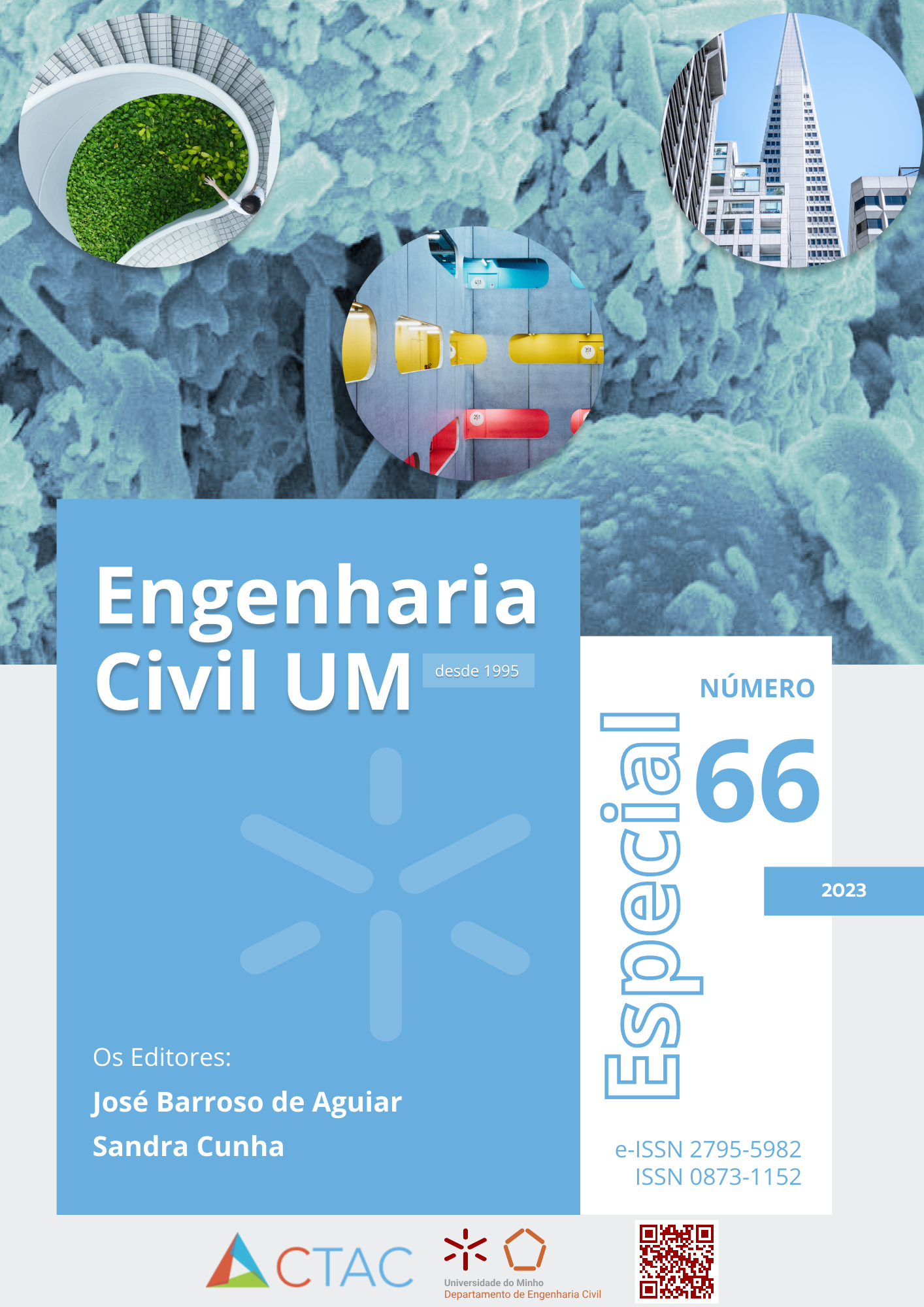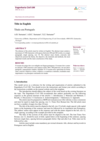Incorporation of sludge from the cutting of ornamental rocks in cementitious materials
DOI:
https://doi.org/10.21814/ecum.5552Keywords:
Lamas; basalto; materiais cimentícios.Abstract
The development of the world drives the demand for cement and the environmental challenges associated with its manufacture concern researchers. The cement sector is the third largest industrial consumer of energy and the second largest emitter of CO2. In this sense, some measures have been implemented. In addition to reducing the clinker/cement ratio through use of composite cements, reducing cement consumption using Supplementary Cementitious Materials in partial replacement of cement is an efficient and up-to-date strategy. The use of industrial waste, such as sludge from cutting ornamental rocks, has been a bet that also favors the circular economy. In this sense, experimental research was carried out to evaluate the behavior of mortars whose composition uses sludge from the cutting of ornamental rocks produced in Portugal, namely, travertine, gabbro, garnet and basalt. Mortar properties were studied in the fresh and hardened state after 28 and 90 days of curing. The pozzolanic activity index was determined. The results suggest a satisfactory performance compared to the reference mortars. The sludge studied promoting the circular economy and has the potential to be a partial substitute for cement in the production of cementitious materials with specific uses.









